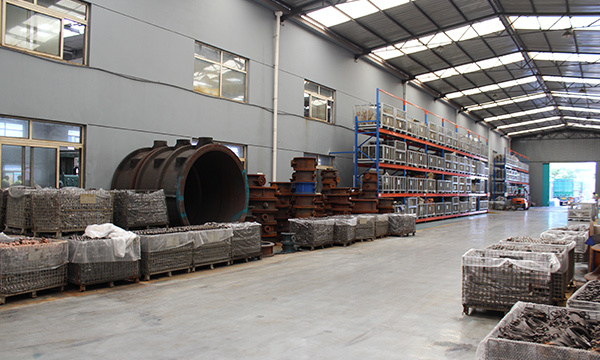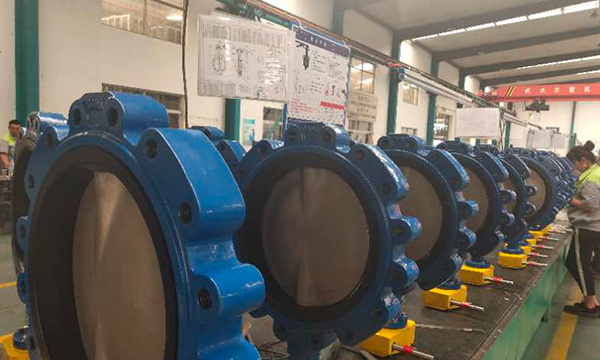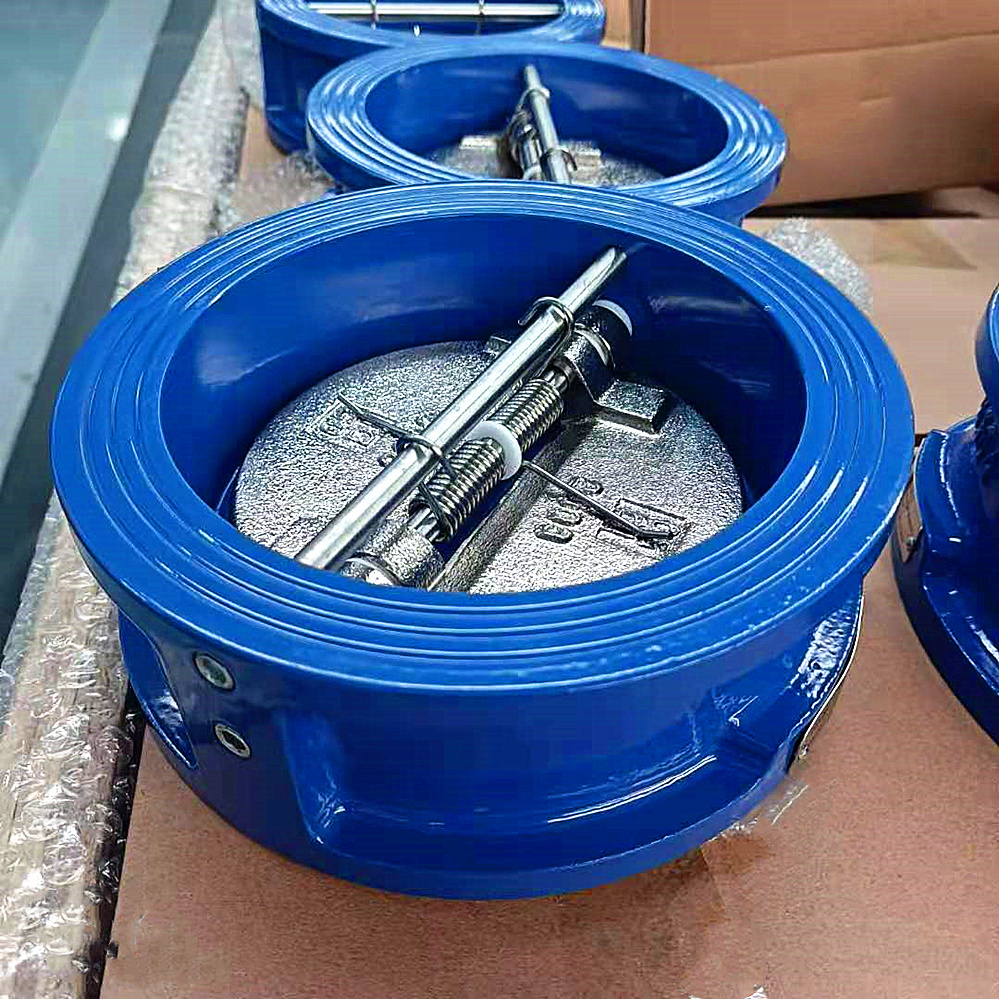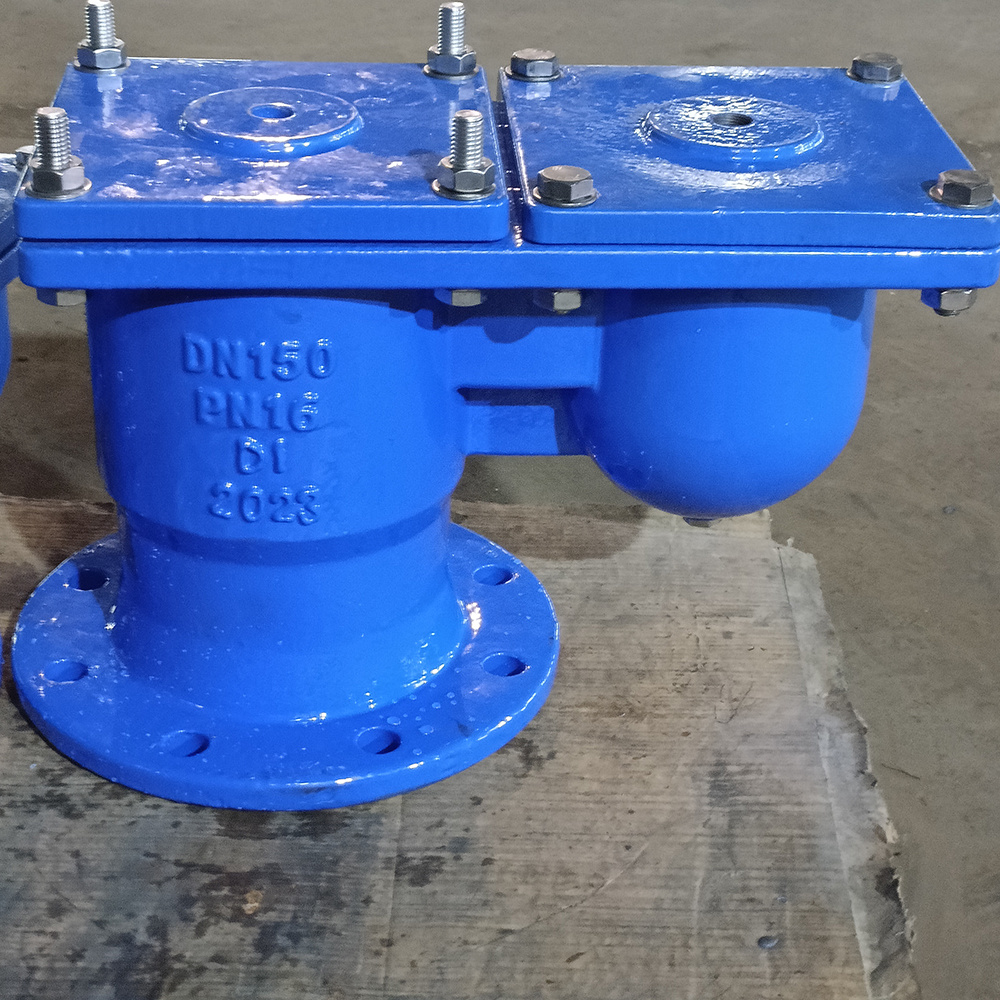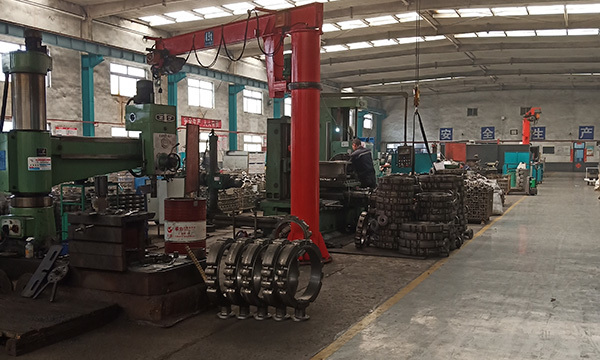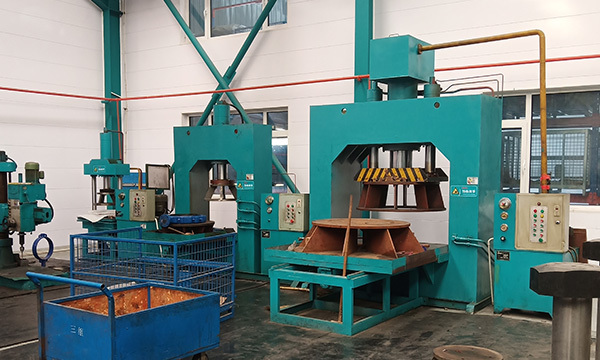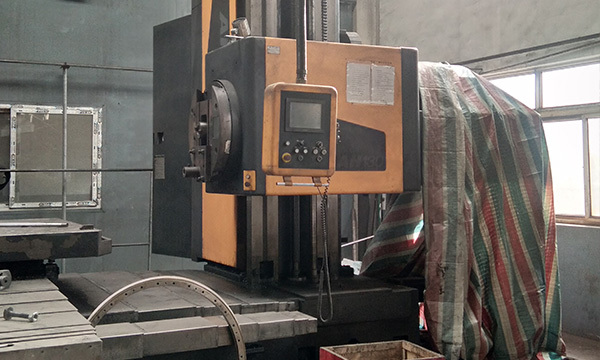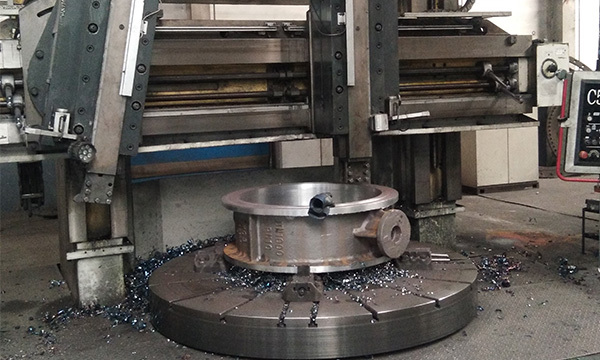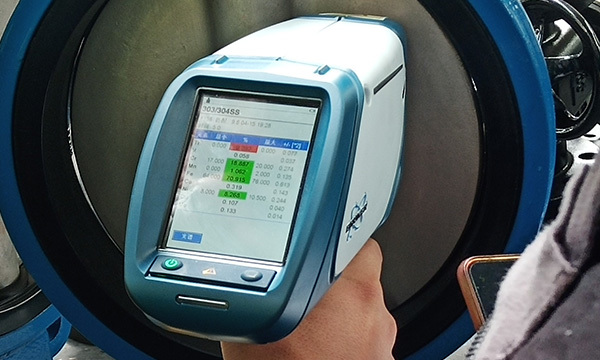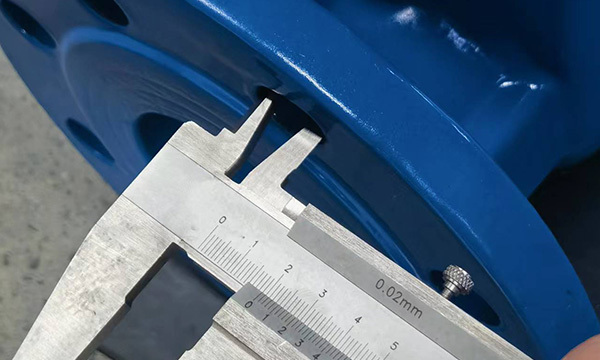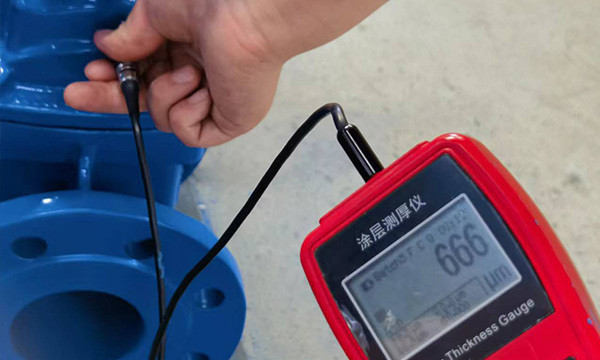Understanding the Functionality and Applications of Lug Butterfly Valves
2025-05-30
Lug butterfly valves are a pivotal component in the field of industrial equipment and components, particularly in the category of valves and their accessories. These valves are characterized by their unique design, which consists of a circular disc mounted on a central shaft. The operation of the valve involves rotating the disc, allowing or obstructing the flow of fluids through the piping system.
One of the most significant advantages of lug butterfly valves is their lightweight construction, which facilitates easier handling and installation. They are often used in applications where space is limited, such as in tight piping arrangements. The lug design allows for installation between two flanges, enhancing versatility in connection and reducing the need for additional fittings.
Lug butterfly valves are typically constructed from durable materials, such as stainless steel or ductile iron, ensuring resistance to corrosion and wear. This characteristic makes them suitable for various applications, including water treatment, HVAC systems, and chemical processing. Their ability to handle different fluid types, including gases and liquids, further broadens their usability across industries.
In addition to their functional advantages, lug butterfly valves offer ease of maintenance. Since these valves are designed with fewer moving parts compared to other types of valves, the potential for mechanical failure is significantly reduced. Regular inspections and routine maintenance can ensure their longevity and optimal performance in a system.
Moreover, the simplicity of operation is a notable feature of lug butterfly valves. They can be actuated manually or automated through electric or pneumatic actuators, providing flexibility based on specific operational needs. The rapid opening and closing action of the valve allows for quick response times in process control, making them an excellent choice for dynamic applications.
When selecting a lug butterfly valve, professionals should consider factors such as the pressure and temperature of the application, the type of fluid being handled, and the required flow rate. Ensuring compatibility with the system's specifications is crucial for maximizing efficiency and safety.
In conclusion, lug butterfly valves serve as an indispensable tool in various industrial applications due to their lightweight design, ease of maintenance, and versatility. Understanding their functionality and suitable use cases can empower professionals to make informed decisions that enhance operational efficiency and reduce downtime. Ultimately, incorporating the right lug butterfly valve into a system can lead to improved fluid control and overall system performance.
One of the most significant advantages of lug butterfly valves is their lightweight construction, which facilitates easier handling and installation. They are often used in applications where space is limited, such as in tight piping arrangements. The lug design allows for installation between two flanges, enhancing versatility in connection and reducing the need for additional fittings.
Lug butterfly valves are typically constructed from durable materials, such as stainless steel or ductile iron, ensuring resistance to corrosion and wear. This characteristic makes them suitable for various applications, including water treatment, HVAC systems, and chemical processing. Their ability to handle different fluid types, including gases and liquids, further broadens their usability across industries.
In addition to their functional advantages, lug butterfly valves offer ease of maintenance. Since these valves are designed with fewer moving parts compared to other types of valves, the potential for mechanical failure is significantly reduced. Regular inspections and routine maintenance can ensure their longevity and optimal performance in a system.
Moreover, the simplicity of operation is a notable feature of lug butterfly valves. They can be actuated manually or automated through electric or pneumatic actuators, providing flexibility based on specific operational needs. The rapid opening and closing action of the valve allows for quick response times in process control, making them an excellent choice for dynamic applications.
When selecting a lug butterfly valve, professionals should consider factors such as the pressure and temperature of the application, the type of fluid being handled, and the required flow rate. Ensuring compatibility with the system's specifications is crucial for maximizing efficiency and safety.
In conclusion, lug butterfly valves serve as an indispensable tool in various industrial applications due to their lightweight design, ease of maintenance, and versatility. Understanding their functionality and suitable use cases can empower professionals to make informed decisions that enhance operational efficiency and reduce downtime. Ultimately, incorporating the right lug butterfly valve into a system can lead to improved fluid control and overall system performance.
Lug butterfly valve


